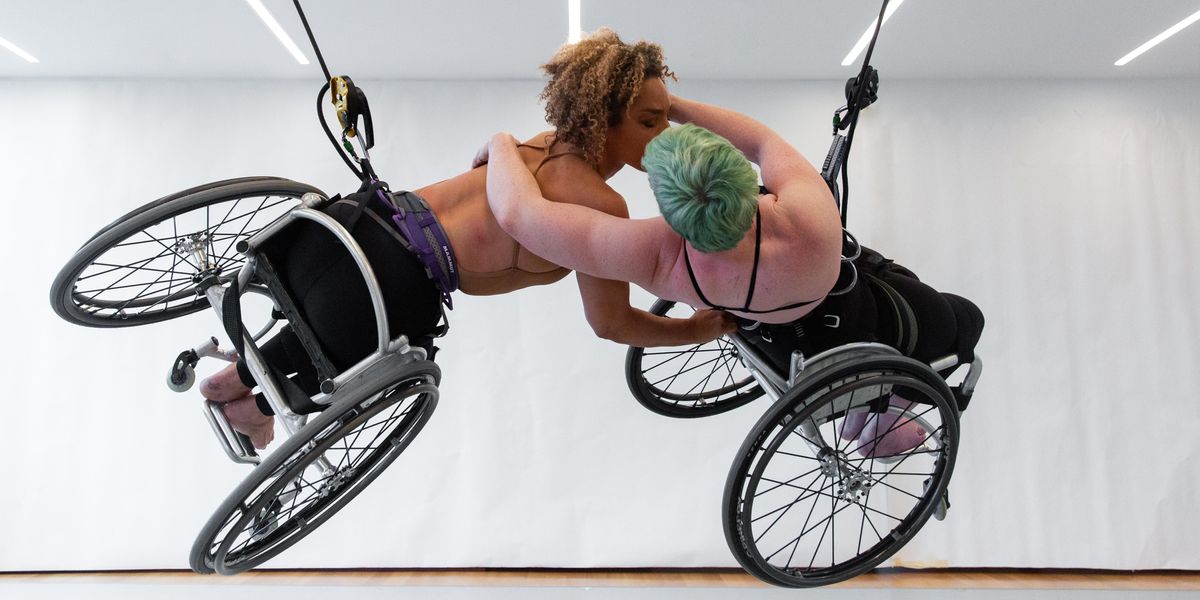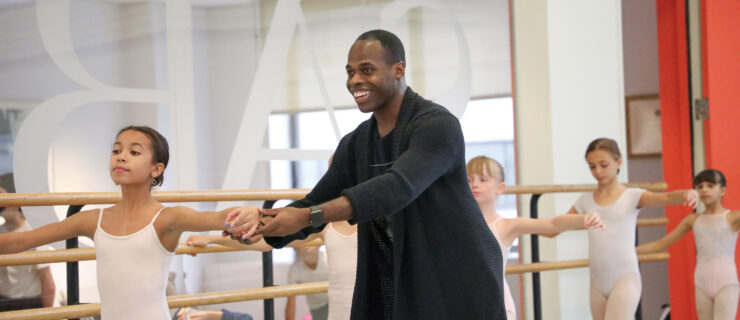Do You Imagine Disabled People as Part of Your World?
Hi there! My friends and I have bought tickets to your show! We’re really excited to witness your work—to be moved, opened, delighted, provoked, transformed.
Who do you imagine in your audience? For whom do you make work? Who performs in your work?
Let me be blunt. Do you imagine disabled people as part of your world?
I believe that how we answer those questions directly correlates with how we rebuild the arts after the pandemic. For and with whom are we designing, creating? Who do we teach, fund or present?
Disabled people are likely already in your audiences, in your classes, possibly on your team, maybe even in your company. But do you imagine us there with you? And if you do, do you know if you are responding to highly mediated mainstream images and ideas about disability—which often focus on whiteness and wheelchair users—or are you alive to the rich and generative intersectional culture of disability itself?
As the pandemic has taken hold, I have been invited into a lot of different spaces to share my perspective as a disabled artist.
“Disability” is not a buzzword or a one-off moment that will fade. It is not a single narrative rooted in the medical deficit of body or mind. You can find the work of disabled artists in the field of physically integrated dance, in the newly reemerging forms of disability arts, and, well, just about anywhere in the field onstage or off, admin or arts, production and technical.
Hi there! I’ve signed up for your class and/or audition. I’ve been totally excited about your work for ages now. I’ve been following your company and have attended many of your shows. I really feel like your work speaks to me as an artist; my body hungers for your movement; I would be proud to share your vision with others.
We are here. Educate yourself. Physically integrated dance is more than 40 years old. What do you know of this history? How many disabled artists can you name? What works do you know? Can you tell tradition from innovation, from influence, from legacy? If you only know how to judge our work with reference to narratives of disabled artists “dancing through disability,” “despite disability,” “overcoming disability,” you are light-years behind the cutting edges of the modern dance field, much less the cutting edges created by my brilliant colleagues and friends.
Last July, we celebrated the 30th anniversary of the Americans with Disabilities Act, the civil rights legislation that enshrines our rights as disabled people to participate in civic and cultural life. It has been 30 years, but so few people understand what this legislation means. Do you know the difference between CART (Communication Access Realtime Transcription), open captions and closed captions? Do you know how to render your dances and videos into words in such a way that a blind or nonvisual audience member can experience the power and impact of your work?
Access is not a checklist; I cannot tell you what to do. The knowledge is out there and has been out there for a long time. It may be that you are just coming to the idea of describing your images or using alt text on Instagram, or you may just have become accustomed to seeing an ASL interpreter on your Zoom call. But this is not enough. Compliance with the law is a necessary minimum; equity is something different.
Who is responsible for creating equity? We all are. That means presenters, funders, educators, administrators, technical and production people, and, yes, artists.
Equity begins with an invitation. I invite you to my world, and I will rejoice in your presence.
As I write this, it’s January; my feelings are strong. The events at the U.S. Capitol on January 6 were simultaneously unsurprising and deeply shocking. I believe they originated in large part in the incredible failure to imagine how we coexist with humans who are different from ourselves and the active refusal to change so that we can equitably share the world with others.
Intersectional disability justice is calling. Are you going to answer?




